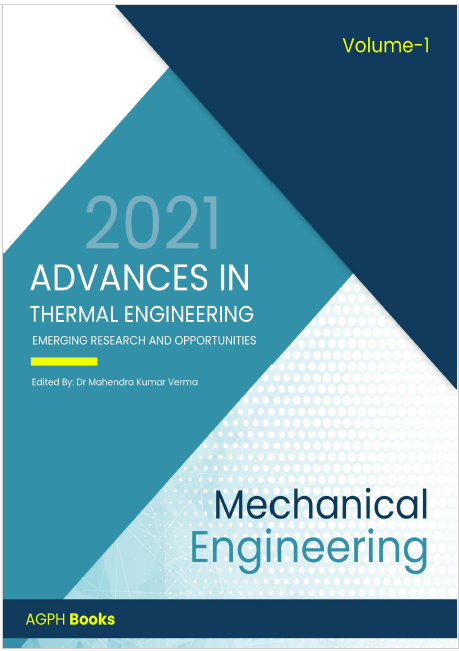A Review of Thermal Flow Measurement Using Flow Meter
Keywords:
Solar Absorption Chiller, Refrigiration, Cooling Systems, Heat Powered AbsorptionAbstract
For almost two decades, professionals have relied on Thermal Mass Flowmeters (TMFMs) for tasks as diverse as sweeping, gas injection and welding. Operators lack an adequate understanding of their operational actions. TMFMs are typically calibrated using nitrogen or air, although they may be utilised with a wide variety of process gases. Calibration using a surrogate gas necessitates the use of a correction factor (k-factor) to determine the actual flow rate of the process gas. These adjustment factors are often included in the user manual supplied by the product's manufacturer. The k-factor is crucial for accurate measurements in metrology and is used in the calibration process. Because of this, knowing whether the process gas or a surrogate gas with the suggested k-factor was utilised in calibration was crucial. The purpose of this research is to examine the implications of substituting the manufacturer's recommended k-factor for the actual process gas during calibration. This article presents test findings that are worrying in the discipline of metrology.
References
[1] ABBAS, O., & Mouchel, F. (2019). The influence of Gas Type on a Thermal Mass Flowmeter Calibration Results. 21002, 21002. https://doi.org/10.1051/metrology/201921002
[2] Amina, B., & Ahmed, H. (2017). An Overview of Thermal Mass Flowmeters Applicability in Oil and Gas Industry. Energy Procedia, 141(December 2017), 299-303. https://doi.org/10.1016/j.egypro.2017.11.109
[3] Arevalo, A., Byas, E., & Foulds, I. G. (2013). Simulation of thermal transport based flow meter for microfluidics applications. Comsol Conference, 2, 1-5.
[4] Hylton, J. O. (1999). Empirical Correlations for Thermal Flowmeters Covering a.
[5] Igor Korobiichuk, Shavursky Yurij, Michal Nowick, & Roman Szewczyk. (2015). Research of the Thermal Parameters and the Accuracy of Flow Measurement of the Biological Fuel. Journal of Mechanics Engineering and Automation, 5(7), 415-419. https://doi.org/10.17265/2159-5275/2015.07.006
[6] K L*, K., Rao, D. T. K., & math, P. (2020). Fluid Flow Measuring Devices used in an Inertial Measurement Unit Based on Different Flow Measurement Sensors. International Journal of Recent Technology and Engineering (IJRTE), 8(5), 555-558. https://doi.org/10.35940/ijrte.D4439.018520
[7] Khan, B., Ahmed, S., & Kakkar, V. (2016). A Comparative Analysis of Thermal Flow Sensing in Biomedical Applications. International Journal of Biomedical Engineering and Science, 3(3), 01-07. https://doi.org/10.5121/ijbes.2016.3301
[8] Rotameter, C., & Rotameter, G. (n.d.). Bombay instrument mfg. co .91(022), 2389.
[9] Tison, S. A. (1996). A critical evaluation of thermal mass flow meters. Journal of Vacuum Science & Technology A: Vacuum, Surfaces, and Films, 14(4), 2582-2591. https://doi.org/10.1116/1.579985
[10] Yu, Y. M., He, Z. H., Roesler, H., Solano, C., & Zhang, Z. (2020). Design and application of thermal mass flow meter in space. Nuclear Instruments and Methods in Physics Research, Section A: Accelerators, Spectrometers, Detectors and Associated Equipment, 950(October 2019). https://doi.org/10.1016/j.nima.2019.163003




